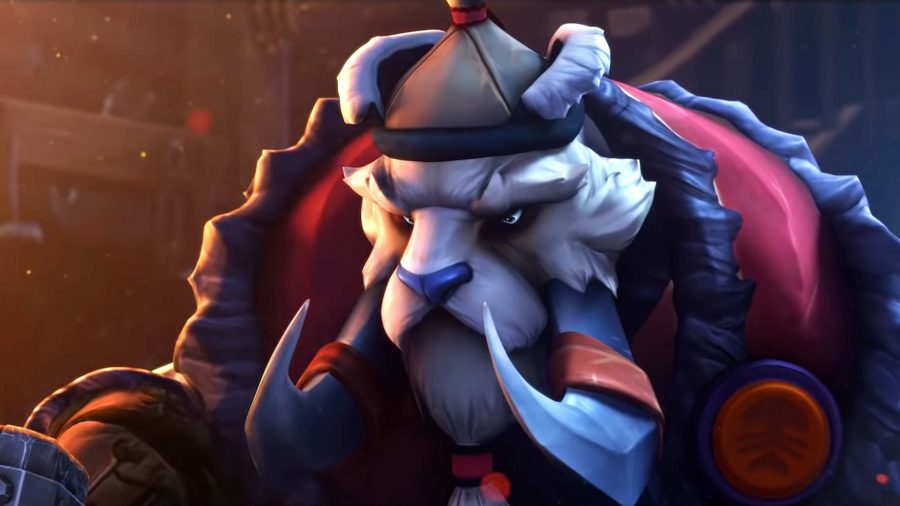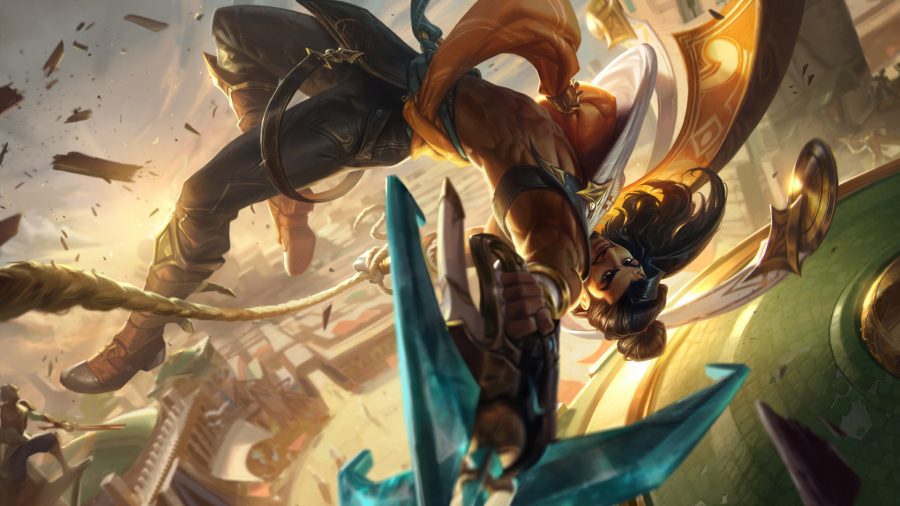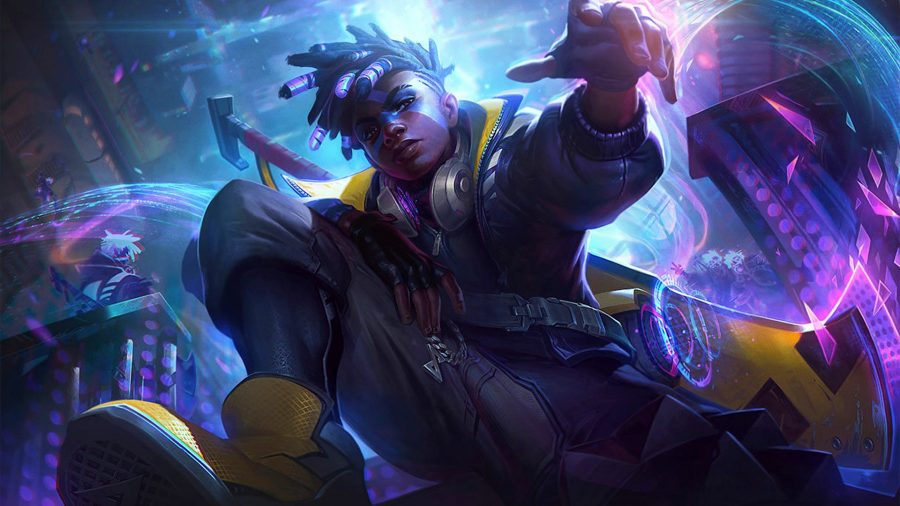I generally play competitive games with complex metas, constantly changing tier lists, and massive, ethnically diverse character rosters: Super Smash Bros Brawl, Ultimate Marvel vs Capcom 3, and Street Fighter X Tekken to name a few.
Super Street Fighter 4’s 30-strong roster may not be particularly numerous by modern genre standards, but the series tries to include playable characters from many different ethnicities, nationalities, races, and cultures. Granted, those depictions often stray into stereotypical caricatures, but it always meant an immense amount to me that they were playable and not just thrown into the background of each stage.
When I started playing more on PC, I was soon drawn to Dota 2. In many ways MOBA games felt like a natural progression from fighting games, and its amazing line-up of playable characters – now at 119 – dwarfed that of anything I’d played before. And hey, it was free, so I had nothing to lose.
When I start any character-based game I look for the marginalised characters first. Which women or people of colour are playable? There are usually at least a handful of women characters to choose from, but far fewer characters of colour. Sometimes there are more anthropomorphic animals or beasts of different species than there are brown or black characters.
Dota 2’s selection of heroes includes several characters of colour, but it’s difficult to tell just by looking at the roster. You have beasts, monsters, gods, spirits, insects, and undead abominations, as well as characters like Juggernaut, Rubick, Sven, and Bloodseeker who wear masks that obscure their faces. Masks are pretty cool, obviously – very in right now – but you get the point.
There are more than 20 characters with blue skin in Dota 2, but just two with dark brown skin
Then you have characters such as Phantom Assassin, Medusa, Templar Assassin, Drow Ranger, Death Prophet, Dark Willow, and Queen of Pain, who run the gamut of imaginary skin tones from ocean blues and swampy green to stoney grey. There are more than 20 characters with blue skin, which makes for a pretty bleak comparison when looking at the roster to see just two characters with dark brown skin: Legion Commander and Chen.
Characters such as Storm Spirit, Void Spirit, and Witch Doctor use the aesthetics of different cultures and ethnicities in the real world, but offer little more than crass caricatures steeped in an amalgamation of other peoples. Witch Doctor, in particular, features tropes that have been used to dehumanise people of colour for many years.
By contrast, League of Legends has more than 140 characters to choose from, and crucially there are more than 20 characters of colour among them. Like in Dota 2, there are plenty of anthropomorphic creatures across LoL’s roster, but there are clear characters of colour like Senna, Akshan, Lucian, Ekko, Taliyah, Pyke, Illaoi, and Rell – all dark-skinned characters with distinct personalities and visual designs that make a greater effort to properly represent their real-world analogue ethnicities.
Neither of these games are set in our world, but their heroes are inseparable from their real-life analogues
The reveal of Taliyah in 2016 was met with backlash from some fans as she wasn’t deemed attractive enough. A year or so before Taliyah, most female champions had similar faces and were overtly sexualised. The roster has continued to improve in this regard, with more dark-skinned characters like new champion Akshan, as well as characters who are analogous to Korean, Japanese, and Chinese ethnicities.
League of Legends is still rife with missteps and examples of appropriation. Characters such as Soraka and Gangplank have skins featuring Arabic or Indian dress despite not appearing to be Arabic or Indian. And Malzahar is especially problematic as a texture update in 2014 considerably lightened his skin tone. Sadly, that’s not at all uncommon – just look at concept art for Overwatch’s Mercy, Street Fighter 4’s Rufus, or LoL’s young Ryze skin.

Ultimately, it’s a judgement call. Looking at more than 200 characters across these two MOBAs and trying to discern their ethnicity is practically impossible, especially in Dota 2.
LoL has its issues in this area, too – it took speaking to a former systems designer at Riot Games to learn that I can add Azir to my list of champions of colour. Canonically, Azir is black, though nowadays he’s rarely depicted without his mask.
Never have I questioned my judgement so much, and looking at the lists of presumed ethnicities I created I am still very unsure about some of them. Neither of these games are set in our world, but their characters are inseparable from their obvious real-life analogues, especially when it comes to sold cosmetics and in-game events.
Riot Games has shown a degree of commitment to diversifying their roster, making relatively recent additions like Senna, Taliyah, Rell, Illaoi, and Akshan. With designers also standing their ground on representing more body types, things are certainly moving in the right direction, and I am always looking forward to what else Riot Games can do to make games more inclusive for people of colour such as myself.
I’ve put well over 800 hours into Dota 2 over the years, but League of Legends is comfortably my preferred option between the two largest MOBAs these days, and that’s largely a result of its increasingly diverse roster. There’s a long way to go, but what may seem like a small difference to others makes a big difference for marginalised folk.
If you’re new to LoL then you can find our list of the best League of Legends Champions for beginners, as well as a roundup of discounted skins. You should also read Jen Rothery’s excellent analysis of gender stereotypes in MOBAs and why she doesn’t play carry in Dota 2.
{“schema”:{“page”:{“content”:{“headline”:”LoL is winning the MOBA battle thanks to its diverse roster”,”type”:”feature”,”category”:”league-of-legends”},”user”:{“loginstatus”:false},”game”:{“publisher”:”Riot Games”,”genre”:”MOBA”,”title”:”League of Legends”,”genres”:[“MOBA”,”Free to Play”,”esports”]}}}}




